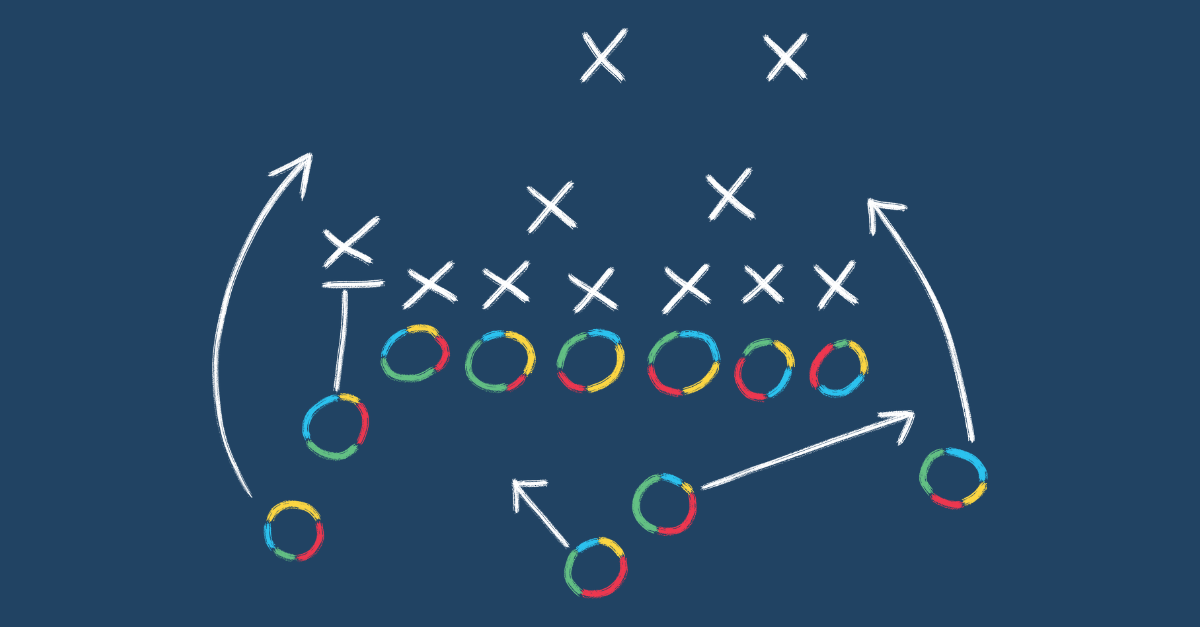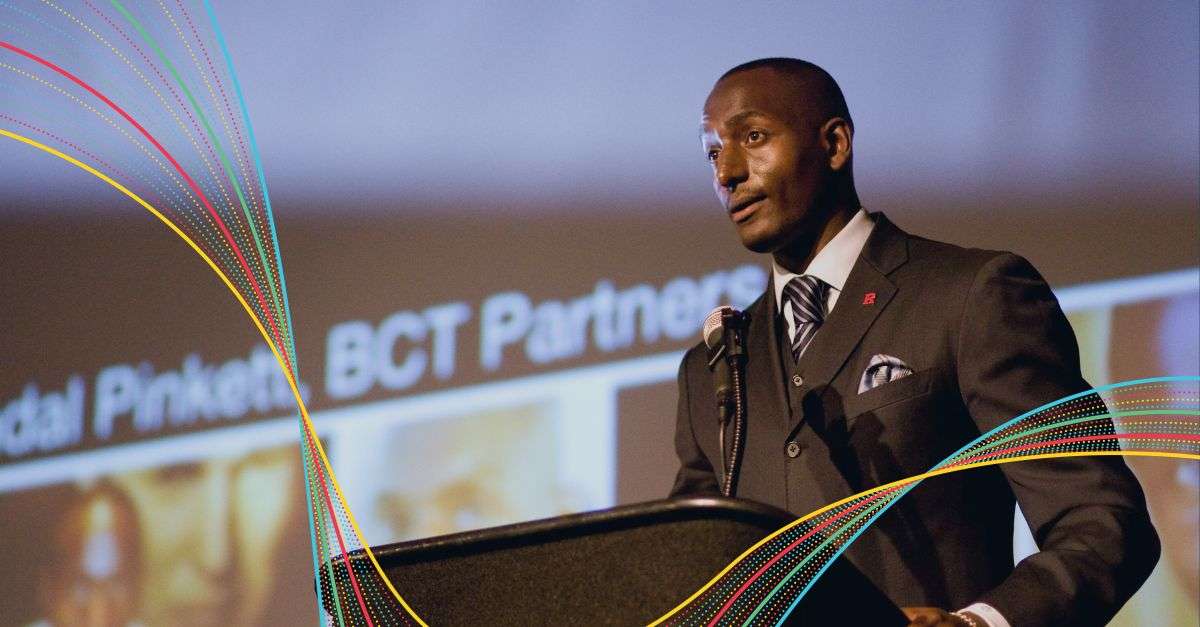When the team needs some creative ideas or innovative solutions, who’s the go-to?
Maybe it’s you. Or maybe it’s definitely not you.
When you think about the “creatives” that you know, your mind probably instantly goes to certain people. We all have some preconceived notions about what it takes to be creative and innovative, as well as who should be involved in the process. We pretty much know who’s got it and who doesn’t.
Sometimes these “things we know” don’t really tell the full story.
Debunking Old Creative Thinking Myths
You’ve probably heard, in some form or fashion, that creativity is the domain of “right brain” thinkers. But this is misleading, for a number of reasons. For starters, while the brain is in fact the source of creativity, the simple dichotomy of left-brain/right-brain thinking not only overlooks brain systems like the limbic system, it doesn’t accurately describe the way the brain actually works. It implies separateness, when the brain is, by design, whole.
And because the brain is the source of creativity, it means that everyone has access to the mental modes responsible for creative thought processes. While we’re learning more every day about how ideas occur in the brain, what we do know is that they arise in specialized parts of the brain that, through massive interconnections, can come in contact with other ideas and together form the basis of synergy. The brain relies on those interconnections between the specialized areas to function. In plain terms: You’re not left-brained or right-brained; you’re whole.
This helps explain why creativity isn’t some magical power that’s only available to certain people. Even so, some of us are naturally drawn to creative work and have a strong preference for imaginative, conceptual thinking. And of course, there are traditionally creative roles and functions that are responsible for things like R&D or design, as well as consultants whose job it is to come in and innovate your product line or reimagine your offerings. But that doesn’t mean they’re your only sources of creative thinking, innovation and truly great ideas. In some cases, they might not even be your best sources.
Finding the Creativity in Your Team
When you’re looking for new ideas or innovative solutions to problems, the best person for the job isn’t necessarily the one with all the “creative” credentials. Many times, it’s the person who’s closest to the problem and is dealing with it every day. They know it inside and out, and they’ve seen what’s worked and what’s flopped. They can provide a whole lot of valuable information and insight (if only someone would ask them, they’re probably thinking).
On the other hand, when you’re really stuck, sometimes it’s the outsiders who know best. Those who haven’t been indoctrinated into the “way things are done” in this department or that product line can bring in a fresh viewpoint that the people who are in the weeds of it every day might never see.
And what about those who aren’t on your go-to list of “creatives”? What might you be missing without their contributions? A lot, especially if they can offer deep insights you wouldn’t otherwise have or a different perspective on the same old problem.
Ideas Aren’t Everything
Creativity isn’t just about the cool idea. Yes, that’s a big part of it, but if the process stops there, then what? That flash of insight evaporates. The idea is probably forgotten or put away. The world goes on, unchanged. It’s all a big so what? What’s more, having ideas that never go anywhere can end up being counterproductive because people are left feeling unsatisfied or discouraged by the whole experience.
So really, creativity isn’t just about generating an idea but manifesting it—making something happen as a result of it. And if you define creativity in these terms, it changes the game. Now you’re talking about a much bigger story with a much broader cast of characters who need to be involved.
Sign up to our newsletter for the latest insights
We’re talking about creativity here, so as you’re looking at who should be on the team, think beyond the ordinary. Consider all of those who can contribute in different ways, either through their divergent insights, perspectives and ideas or from the brainpower they bring to the process to make sure those ideas come to life.
Who’s missing from your go-to list?












